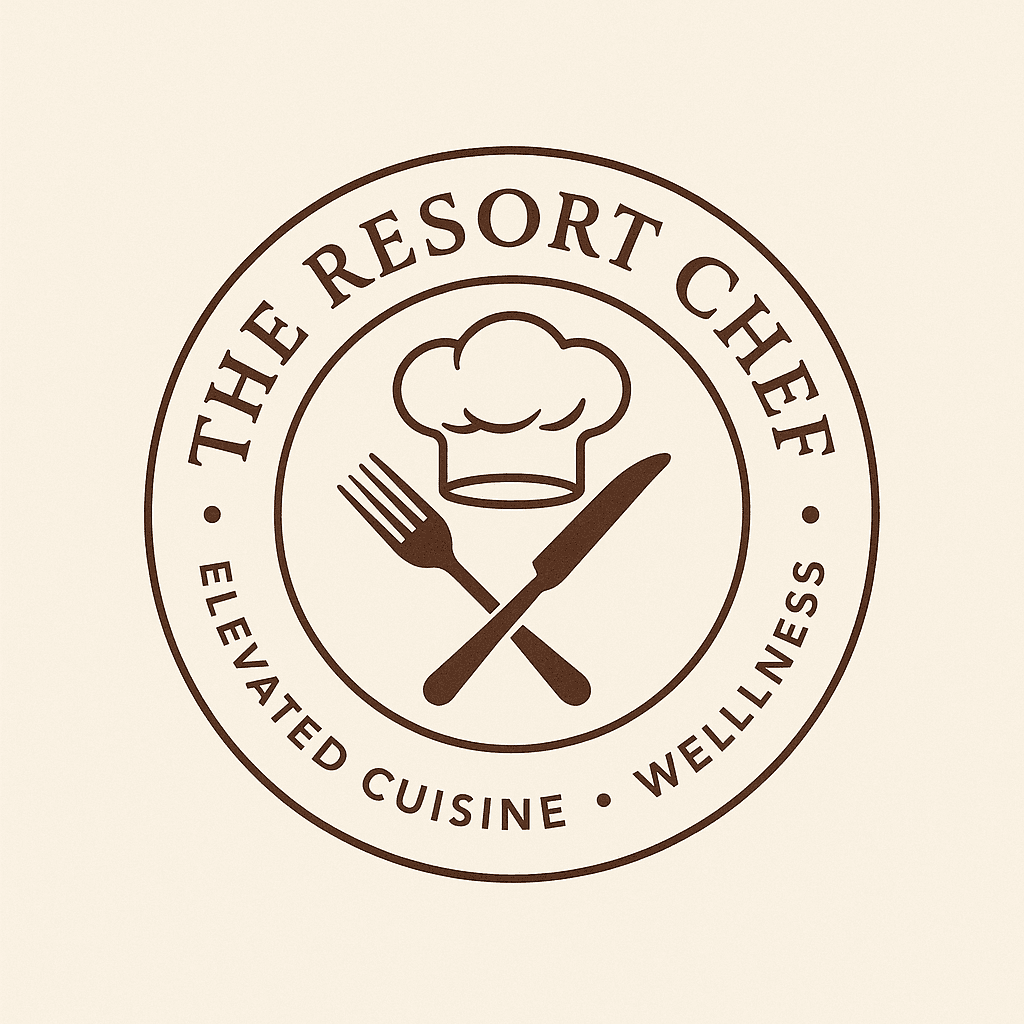Foraging for ingredients is fun …. If you take certain Precaution's
When most people think of foraging for food, they might picture wandering through a forest, picking berries or mushrooms. But did you know that there are plenty of foods to forage for in the Blue Ridge and Appalachian Mountains?
Edible Plants
One of the most common types of foraged food is edible plants. In the Blue Ridge and Appalachian Mountains, you can find a variety of edible plants such as:
- Wild strawberries
- Blackberries
- Raspberries
- Blueberries
- Cherries
These plants can be eaten raw or used in a variety of recipes such as jams, pies, and smoothies. Just be sure to properly identify the plants before consuming them.

Wild Mushrooms
Foraging for wild mushrooms can be a bit trickier than foraging for plants, as some mushrooms can be poisonous. However, there are several types of mushrooms that are safe to eat and can be found in the Blue Ridge and Appalachian Mountains, including:
- Chanterelles
- Morels
- Oyster mushrooms
- Hen of the woods
When foraging for mushrooms, it's important to be absolutely certain of what you're picking. Consider taking a class or going with an experienced forager to ensure your safety.

Wild Game
The Blue Ridge and Appalachian Mountains are also home to a variety of wild game that can be hunted and foraged for. Some of the most common game in the area include:
- Deer
- Wild turkey
- Rabbit
- Squirrel
Foraging for wild game requires a hunting license and knowledge of hunting laws and regulations in the area. It's important to hunt responsibly and ethically, and to only take what you need.

Foraging for food in the Blue Ridge and Appalachian Mountains can be a fun and rewarding experience. Just be sure to properly identify any plants or mushrooms before consuming them, and to hunt responsibly and ethically if you choose to forage for wild game.
